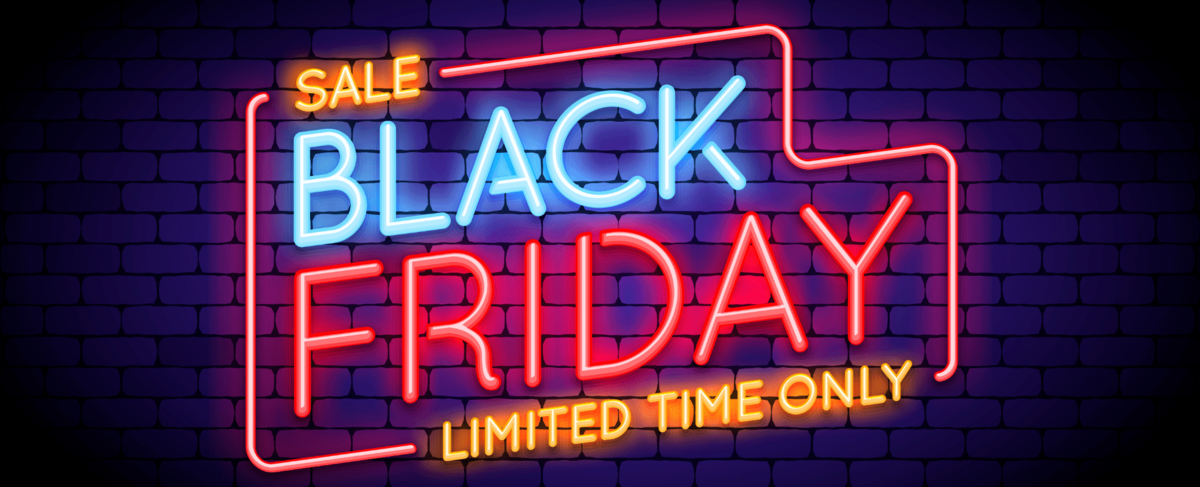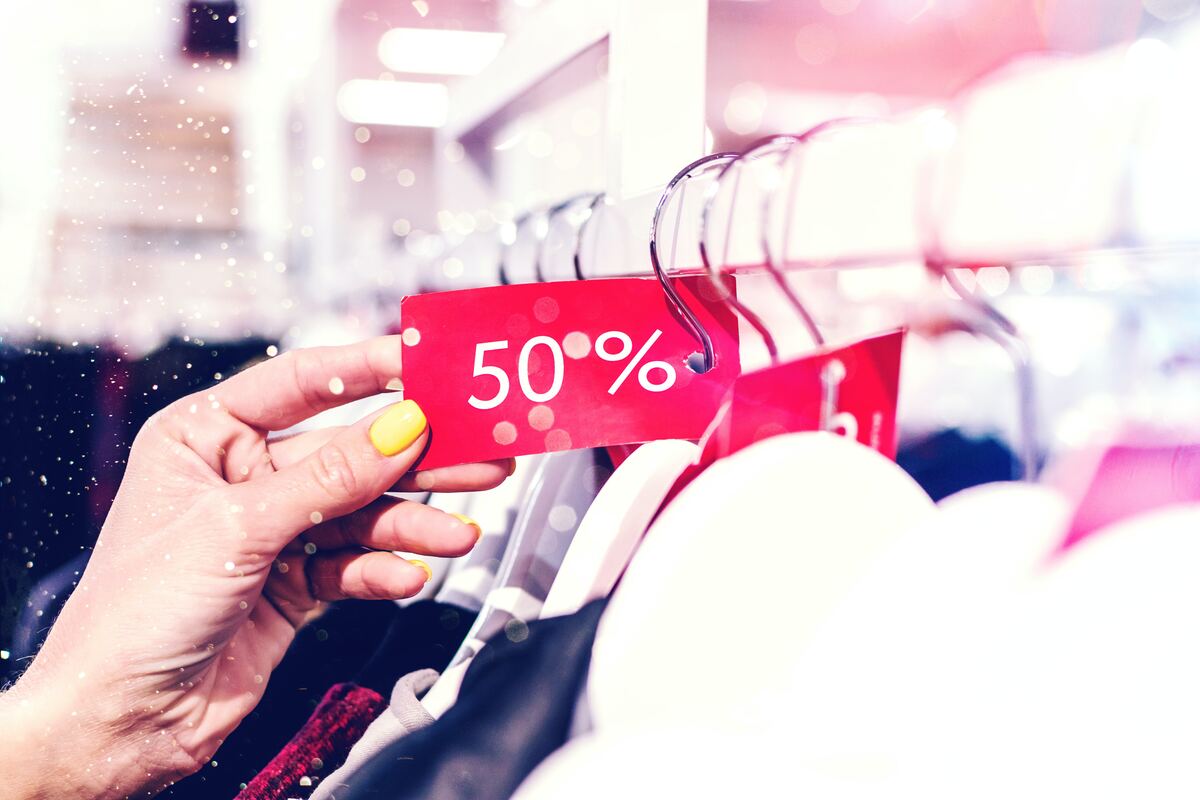What is a loss leader?
“Loss leader” refers to products sold (or manufactured)* at a loss in the short-term to turn greater profits in the long-term. Loss leader products achieve this by (i) attracting new customers who would otherwise shop elsewhere, and (ii) tempting them into buying other products priced at a relative premium.
*Loss leader products don’t themselves have to be priced lower than alternatives. Luxury items the majority of your target audience can’t afford can draw customers off the street and into your store.
While you might not expect to sell many $100,000 watches, customers might dream about owning such a luxury product from a brand like yours. Dreams fuel more affordable purchases, nonetheless outside the price bracket a customer would have originally opted to pay.
How do loss leader strategies work?
Loss leader strategies only start to make sense when you consider them in terms of customer lifetime value (CLTV, or LTV).
A customer’s LTV is the sum total earnings you can make from them over the course of their time with you as a customer. The longer they’re with you, and the more products they buy, or the more times they renew their subscription, the more they’re worth to you.
It’s generally accepted that customer acquisition costs are higher than customer retention costs. Loss leading is (mostly) about customer acquisition.
At the level of the individual sale, you’re making a loss. You’re selling a product for less than it costs you to make it.
However, when you expand your time horizon and consider what these small sales can lead to in the long-term, the strategy makes much more sense.

5 loss leader strategy examples
There are various types of loss leader pricing strategies. Here are five examples you can use right now to boost your business’ profits.
Strategy one: the free trial
If you’re trying to break into a new market, you need a strong incentive to challenge the status quo, break people’s habits, and convince them that this time it’s worth their while to come and shop with you.
While your product differentiation is undoubtedly important, businesses often need to slash the risk to the consumer if they’re going to come and try out their product or service.
This brings us to our first loss leader strategy: the free trial.
A free trial gives potential customers the chance to try out your product risk-free. By offering your services for up to a month free of charge, you don’t earn while you’re fulfilling those services. But, if your trial customers convert at the end of the trial period, you’ll eventually make your money back plus profit.
Strategy two: the convenience buy
Loss leader strategies work wonders in physical stores.
The classic example? The grocery store.
Everyday essentials (bread, milk) are priced at a loss. The prices are convenient, and since they’re bought by almost everyone, customers will search through the store for them.
When placed at the far end of the store, customers are forced to walk past strategically-placed, promotional plinths, designed to catch the eye and persuade people to buy.

This brings us to the second of our loss leader pricing strategies: the convenience buy.
You’ll know yourself how tempting it is to throw a couple of additional items into the basket when you’re in the store for bread and milk. But when you get to the till, you realize you’ve racked up $20-$40 dollars’ worth of items. That’s a hefty bill compared to the few bucks you intended to spend.
When it’s convenient to do so, and the items are right there, it doesn’t take much convincing to buy a few extra items.
It’s on these extra items the store makes its profit.
Strategy three: the upsell
Another classic loss leader strategy is the upsell. When you buy a burger and fries, you’re attracted to the main item. An attractively priced burger is hard to turn down.
Often, restaurants turn minimal to negative profits on such items. But the fries? Those are very expensive relative to their cost. (And when’s the last time you turned down a side of fries?)

Expect further upsells, too, once it comes time to make your order. Add a drink, a side of wings… when you’re hungry, these offers are difficult to turn down. You might not even know their prices. But it’s on these items that the store turns a profit.

Strategy four: the promotion
Promotions are usually time-limited. Sometimes they’re seasonal, other times they’re rotated in or out depending on customer demand.
But, typically, stores make a loss on these promotional items.
After all, products don’t have to be priced as loss leaders year-round. Popular items can be promoted as loss leaders for a while, before being brought back to full price.
Low prices attract new customers, who then keep coming back for the great deal. When the deal is eventually pulled, it’s harder for people to break the habit of going to that store to buy those items.
This loss leader strategy is even at work in two-for-one promotions. Customers who might’ve not considered buying one see the great value and get two rather than zero. This lets them try the product at lower-perceived risk, and higher-perceived value.
Eventually, the promotion gets pulled, and many customers continue to buy the item.
Strategy five: the radical sale
Black Friday sales drive many products into the loss leader category with their huge discounts. They serve a similar function, drawing customers in for the sale, and winning new customers who’ll pay full price for future purchases.

Of course, the risk here is that many customers don’t do this, and instead only buy hugely discounted items during the sale, never to return. In such scenarios, stores make a loss on their sale items, and never make them back due to the lack of repeat business.

Advantages of loss leader strategies
Loss leader strategies work.
They’re dynamite for winning you new customers.
They give buyers the push they need to break existing habits, giving you the chance to capture their hearts, minds, and wallets with your own great products.
This is why you see them, and their variations, everywhere you look.
Sales, promotional items, essentials priced at rock-bottom. All of these loss leader strategies share the same core principles: taking on the risk of short-term losses in exchange for the possibility of higher profits in the medium to long term.
But what advantages do they have over other types of pricing strategies? Here are some more concrete advantages of loss leader strategies:
1) They’re great for physical stores
Loss leaders are great for physical stores, where they can be strategically placed at the deepest part of the store, forcing customers to walk past other items (priced at a relative premium) to get to them.
2)They’ll help you break into new markets
As a temporary strategy, using loss leaders can help you win market share from your competitors in the online world, or from rival retail stores.
3) They can help you earn more overall
You can attract customers with low-priced essentials and attractive offers, and then upsell items with real profit margins, leading to greater overall profits.
Disadvantages of loss leader strategies
1) Risk
There’s no reward without risk. And, as is all-too-true, when you try to sidestep the risk, you also tend to sidestep the reward.
Loss leader strategies work because you’re taking on risk, rather than in spite of it.
The risk here being that customers only buy your loss leaders. This is known as ‘cherry picking’. If your entire loss leader strategy, whether it includes upsells, physical product placement, or anything else, is ineffective, you’ll rack up small losses over time.
2) It’s restricted in some places
As it’s such an effective strategy, when used effectively, loss leader strategies can disrupt entire competitive landscapes.
There’s also the chance for larger, more established businesses to abuse this strategy, since they’ll need to pull promotions much less often thanks to their deeper pockets.
Larger businesses can also afford to make small losses for longer, giving them more chances to iterate over their loss leader strategy until they get it right for their target market.
This gives these larger businesses a competitive advantage over smaller ones that could be considered unfair, or even unethical.
As a result, in some places, using loss leaders is restricted. In some states of the U.S., it’s banned entirely.
TL;DR
So, here’s what we’ve learned:
- 📈 Loss leaders are products you sell (or manufacture) at a loss in the short-term, in favor of making greater profits in the long-term.
- 🤑 Loss leader strategies work because they reward you for taking on short-term risk your competitors might not be comfortable with.
- 🛍️ More practically, they attract new customers with your lower prices, allowing you to break into new markets, win over customers, and boost interest.
- 🏷️ Upsells, promotions, sales, and free trails are alternative ways of using loss leaders.
- 🚫 Loss leader pricing strategies are powerful, but their use is restricted in some states and countries.
Need help with competitive intelligence?
Does your competitive intelligence program leave something to be desired?
Imagine if you could:
- Set up your listening stack to gather competitive intel with ruthless efficiency, giving you more time to analyze, enable, inform, and become your business’s champion. 💪
- Set up win/loss interviews to unveil the powerful reasons why customers aren’t choosing you, even if you’ve got no time or resources. 🔎
- Deliver a competitive news briefing that gets people talking, no matter which set of stakeholders you serve. 📣
We’ve got a brand new course that covers every aspect of competitive intelligence, and what it takes to be successful.
Interested? Click below right now to check it out.






.png?v=09cf73b4b5)